[Used and energy-saving types also available] Points to keep in mind when using refrigerated/frozen showcases
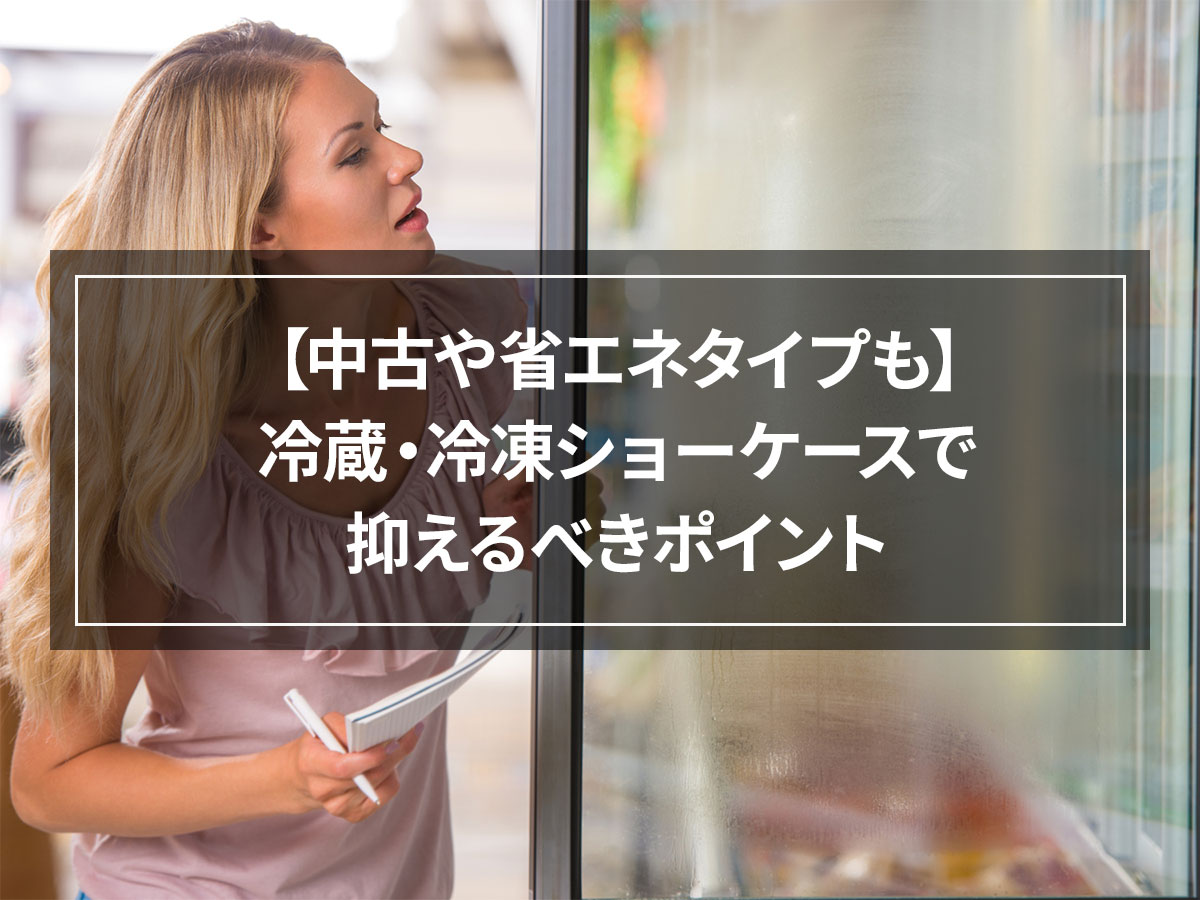
By using showcases, you can display food while maintaining quality through thorough temperature control.
They come in a variety of shapes, and the type that is suitable for them differs depending on the purpose and the food being displayed.
We also have used showcases that can reduce initial costs, and energy-saving showcases that can reduce running costs, so we will introduce them in detail.
目次
Actually, there are many things! Types of frozen/refrigerated showcases
A showcase is a shelf used to display food under proper temperature control.
There are frozen and refrigerated types, and they are used in supermarkets, convenience stores, delicatessen stores, and Japanese and Western confectionery stores.
The great thing about showcases is that you can set the temperature to suit the food you display.
-25°C to -18°C for frozen foods and ice cream, -16°C to 2°C for frozen meat and fresh fish, -3°C to 2°C for chilled meat and fresh fish, prepared foods, daily foods, and processed products. If it is 3-7℃, if it is vegetables and fruits, it is 5-10℃. can be set to
When choosing a showcase, there are two points you should know.
・Separate refrigerator type and built-in type are available.
The suitable type varies depending on the product and purpose.
Showcases come in a variety of shapes, but they can be broadly divided into open types and closed types.
When displaying daily foods such as chilled products, dairy products, and confectionery, open showcases are the norm, making it easy to access the products.
Open showcases come in multi-tiered types with many tiers, semi-multitiered types with fewer tiers, chick-tiered types, flat types, etc., and the type that is suitable for you will differ depending on the food you want to display and the amount you want to display.
When displaying frozen products or displaying foods at lower temperatures, closed types that can be opened and closed to prevent cold air from escaping are the mainstream.
There are various types of closed types, such as reach-in showcases used to display drinks in cans and plastic bottles, and reach-in showcases used in cake shops and delicatessen shops, where products can be displayed by opening and closing the door on one side. There are face-to-face closed showcases, and types with dome-shaped doors that are used for displaying ice cream.
The open showcase type has the advantage of making it easier for customers to pick up products, but it is difficult to control the temperature, and there is a risk that frozen products may melt.
The closed showcase type has the disadvantage that the door is opened and closed, making it difficult for customers to pick up products, but it allows for better temperature control.
Separate refrigerator type and built-in refrigerator type are available.
There are two types of showcases: one with a separate refrigerator and one with an integrated refrigerator.
The advantage of the separate type is that the showcases can be connected, creating a sense of continuity between the products. One refrigerator can cool multiple cases, making it economical.
Since the showcase and refrigerator are separated, there is less noise and waste heat leaking into the store.
Disadvantages include the need for a location to install the refrigerator and water pipe equipment for drainage. It takes time to install because it requires plumbing work, and once installed, it is difficult to move.
The advantage of a built-in type is that there is no need for construction or water pipe equipment, and it can be installed as long as there is a power supply. Easy to install and move.
The disadvantage is that the mechanical noise and waste heat from the refrigerator leaks into the store. Also, the internal capacity is small and cases cannot be connected together.
As you can see, there are many different types of showcases, so you need to choose one according to the products you want to display and the purpose.
Used showcases for those who want to reduce initial costs
Source: http://www.becenter.jp/7-2.html
Price is still an important factor when choosing a showcase. Prices vary widely depending on size and shape.
A small showcase costs about 200,000 to 300,000 yen, but a large showcase costs 2 to 3 million yen.
Therefore, many people choose second-hand showcases because they can save on purchasing costs.
Used showcases can be purchased for about one-half to one-third the price of new ones.
There are also some used showcases that are in good condition and look like new. Used equipment has the advantage of reducing initial costs, but there are also some caveats.
When making an estimate, you need to confirm how much additional costs will be incurred in addition to the main unit price.
Shipping costs, delivery and installation costs are often not included depending on the vendor.
Additionally, if the refrigerator is installed separately, installation work is required, but this is often not done by the retailer and must be done by another specialist.
It is also important to check how long it has been used and its condition such as scratches. Not only does it have to be cleaned and overhauled, but the frequency and age of use are also important. The more frequently you use it, the more likely it is to break down.
In the unlikely event that something breaks down, the warranty period is important. The warranty period for used equipment is generally 1 to 3 months.
Depending on the manufacturer, there may be a 6-month warranty, but it may be as short as one week, or there may be no warranty period. You should check how long the warranty lasts before purchasing.
As you can see, there are things to be careful about when purchasing a used showcase, but it may be effective for those who want to reduce initial costs.
Energy-saving showcase for those who want to reduce running costs
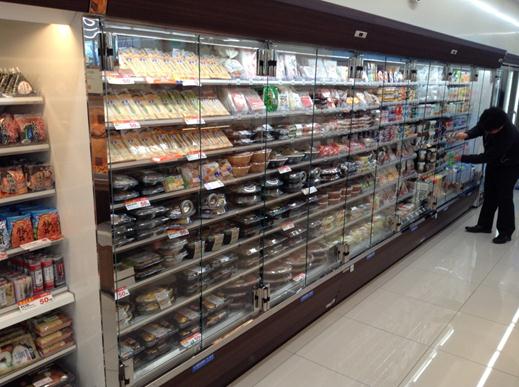
Source: http://www.excite.co.jp/News/society_g/20150526/Hazardlab_9990.html
A new showcase requires an initial cost, but it also has its benefits.
In particular, the latest energy-saving type showcases can reduce running costs, so there is a growing need for energy-saving types in large supermarkets.
The breakdown of electricity consumption in supermarkets by equipment is about 40% for refrigerators, about 20% for showcases, and 60% for freezing and refrigeration equipment. Equipment with cooling functions consumes a lot of power and is costly.
In addition, companies are required to manage energy and save energy, and efforts to reduce energy consumption are required at supermarket counters.
In showcases as well, there is an increasing demand for equipment that not only thoroughly controls temperature to ensure food safety, but also has energy-saving performance.
For example, showcases with inverter control functions have been developed. A refrigerator is equipped with a compressor to produce cold air.
When the compressor is equipped with an inverter system, it is possible to convert the power supply circuit and control the compressor rotation speed according to the situation.
At night, when the store is closed, less energy is required for cooling than during the day, so the refrigerator needs less operation.
Equipped with an inverter system, it is possible to change the rotation speed of the compressor, and when the load is low, such as at night or in the middle of winter, it is possible to reduce the rotation speed of the compressor and achieve efficient cooling. You can reduce your electricity bill by about 40%.
LED lighting showcases have also been developed.
By combining LED lighting and light guide plates, you can save energy and make your products look brighter and more beautiful. It shines light from above and below, allowing for excellent lighting effects.
By switching from conventional fluorescent lights to LED lighting, you can reduce power consumption and running costs.
In addition, product development is progressing with the aim of more efficient cooling, such as features that reduce frost buildup on the cooler and allow for more efficient cooling, and improved air curtains.
Energy-saving showcases are expensive to purchase, but they may be useful for people who want to reduce running costs, especially in large supermarkets where running costs are huge.
Conclusion
Showcases come in a variety of shapes, and one type is suitable depending on the products to be displayed and the purpose. The showcase you choose will depend on how you will use it.
Also, when purchasing, it is important to make a comprehensive decision, not only on the shape but also on whether a used device is better because it can reduce initial costs, or whether it is better to buy an energy-saving type because it can reduce running costs. It is recommended.
Reservation-only freezing comparison test

Sign up here!
Reservation form







![[Storage period increased by 30 times! ] Achieving a stable supply of raw whitebait!](https://shunkashutou.com/wp-content/uploads/2016/11/579c55e6d32e1385c250e8e7c3ed59a71.jpg)
![[Sales increased 100 times! ] rapid freezing the signature menu “Ni-katsu sandwich”!](https://shunkashutou.com/wp-content/uploads/2016/11/IMG_02391.jpg)
![[Horse sashimi] We have significantly reduced waste loss with rapid freezer!](https://shunkashutou.com/wp-content/uploads/2016/11/5fda59d0cbcdabde18e58c3c58c09ed0.jpg)




![[Storage period increased from 3 days to half a year! ] Restaurants are expanding their business using wholesale and mail order!](https://shunkashutou.com/wp-content/uploads/2018/04/66c19942ab4ba346fdb64ccc04cde373.png)
![[Reduce loss from 200 kg of oysters to zero] Improve loss and expand business with rapid freezer](https://shunkashutou.com/wp-content/uploads/2018/06/19785ca583a8d3c4041c7c192d041b0d.jpg)













![[Current situation and countermeasures for food loss] What are efforts to reduce food waste and rapid freezing? ?](https://shunkashutou.com/wp-content/uploads/2024/04/ddc2c5b7fa32b837dcbdcd1ab68e9087.jpg)
![[Increase sales! ] Three reasons why ramen restaurants should install rapid freezer](https://shunkashutou.com/wp-content/uploads/2016/04/ra-men-reitou.jpg)
![[Actually, it is highly nutritious! ] Tips you need to know about frozen foods](https://shunkashutou.com/wp-content/uploads/2023/08/884587ca2001578ed1e75f6a32cc43ec.jpg)
![[Manufacturing subsidies are recommended for rapid freezer! ] Explaining the ABCs of application](https://shunkashutou.com/wp-content/uploads/2020/12/4024568_s.jpg)
![[Advantages and disadvantages of food additives] What is rapid freezer that solves the problems?](https://shunkashutou.com/wp-content/uploads/2018/11/ea1a552f8cb49685b3566dc4f06cf04b.webp)

![[Bringing fresh cakes nationwide] How to dramatically increase profits at a pastry shop?](https://shunkashutou.com/wp-content/uploads/2016/03/661ea3ee6264fab6520017622c656870.jpg)

![[Deliver delicious ham! ] Meat processing manufacturer’s rapid freezing implementation example](https://shunkashutou.com/wp-content/uploads/2016/02/0825c4a97ac8495fd2408a91574cede6.jpg)
![[Thorough explanation! ] What is the distribution and cold chain that maintains the quality of frozen foods?](https://shunkashutou.com/wp-content/uploads/2016/11/ed15366b2a889239b39608c181587427.jpg)
![[Introducing case studies as well!] 5 reasons why curry restaurants should install rapid freezer](https://shunkashutou.com/wp-content/uploads/2016/09/2a0deb9a6db53165f0a4938bc80cee46.jpg)
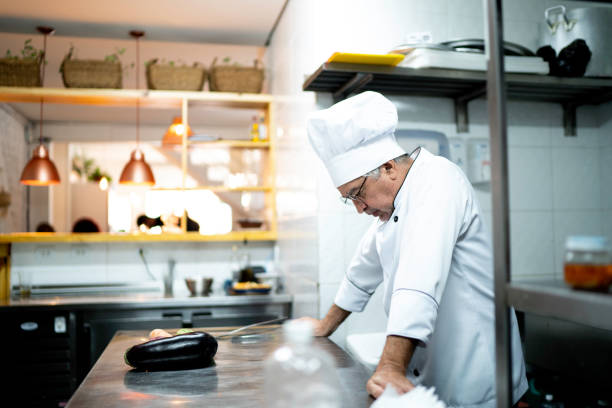
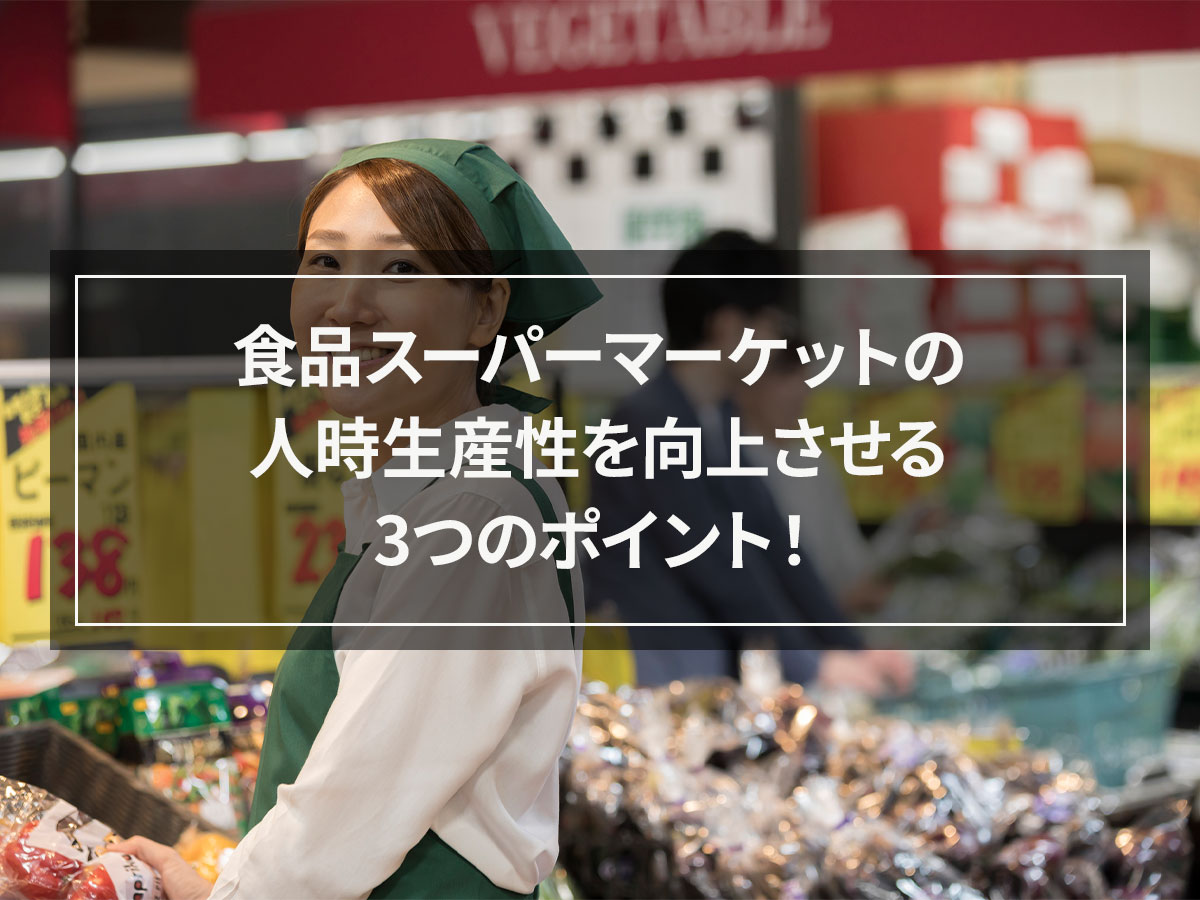
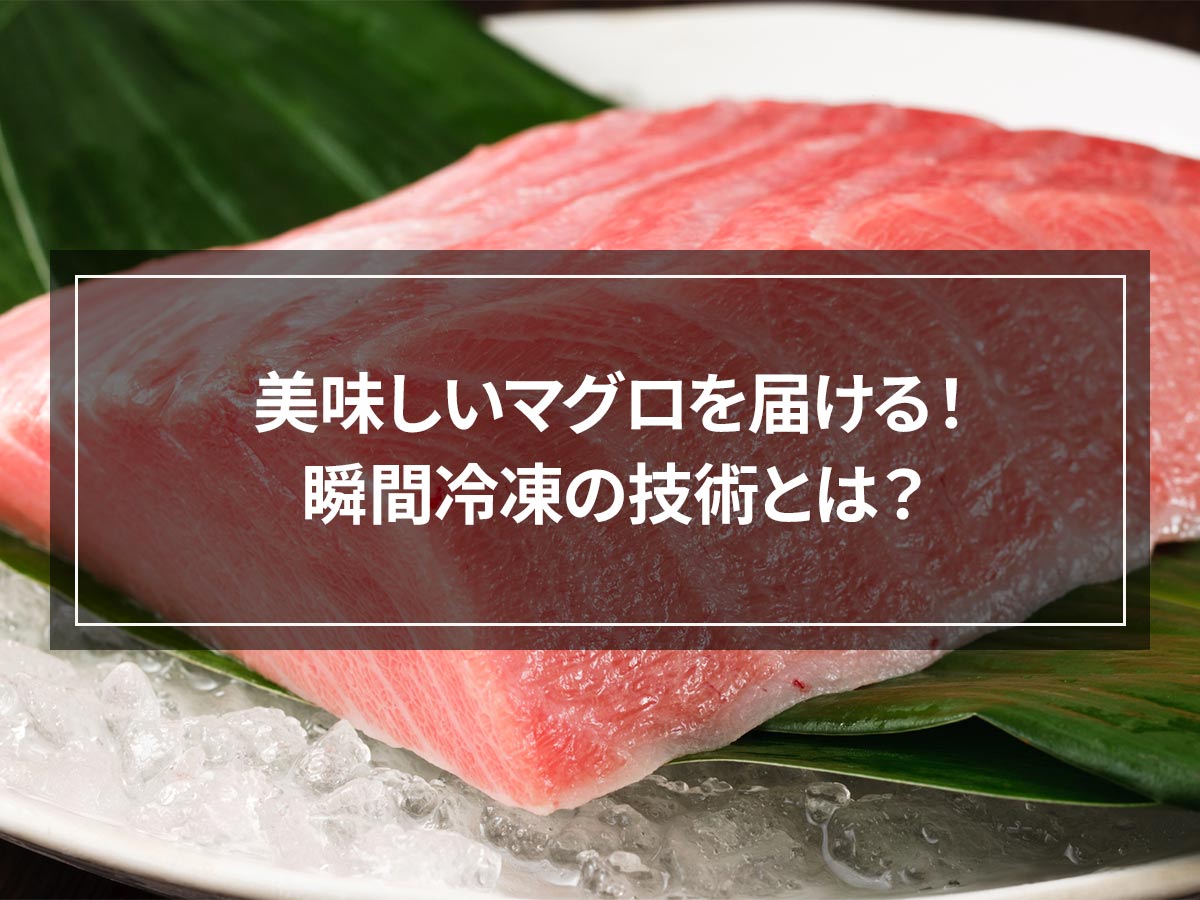
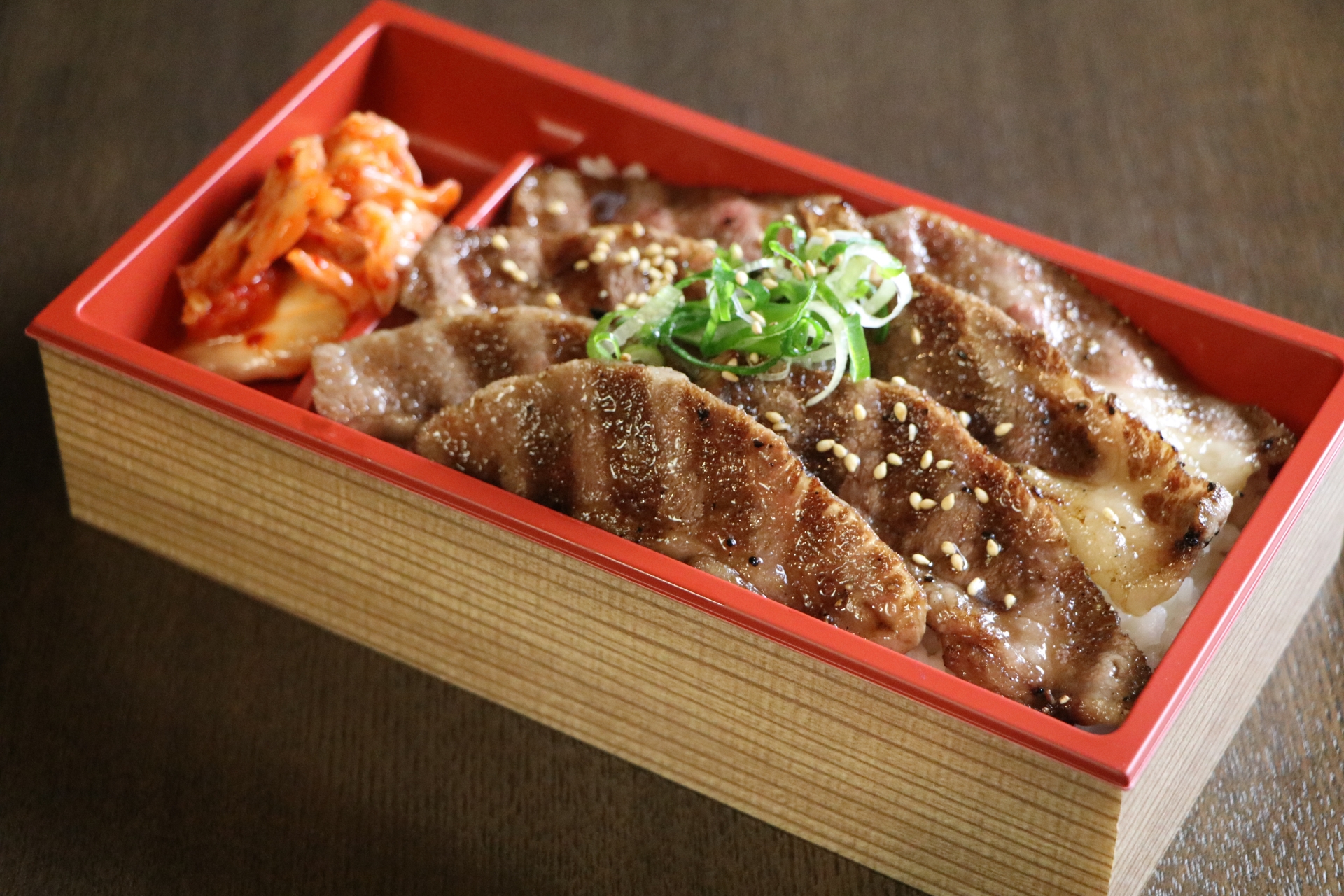
![[For the lunch box manufacturing industry] Business issues can be solved by using rapid freezing!](https://shunkashutou.com/wp-content/uploads/2024/04/f93f171f5d29bdb15c4b8d06e244b002.jpg)




